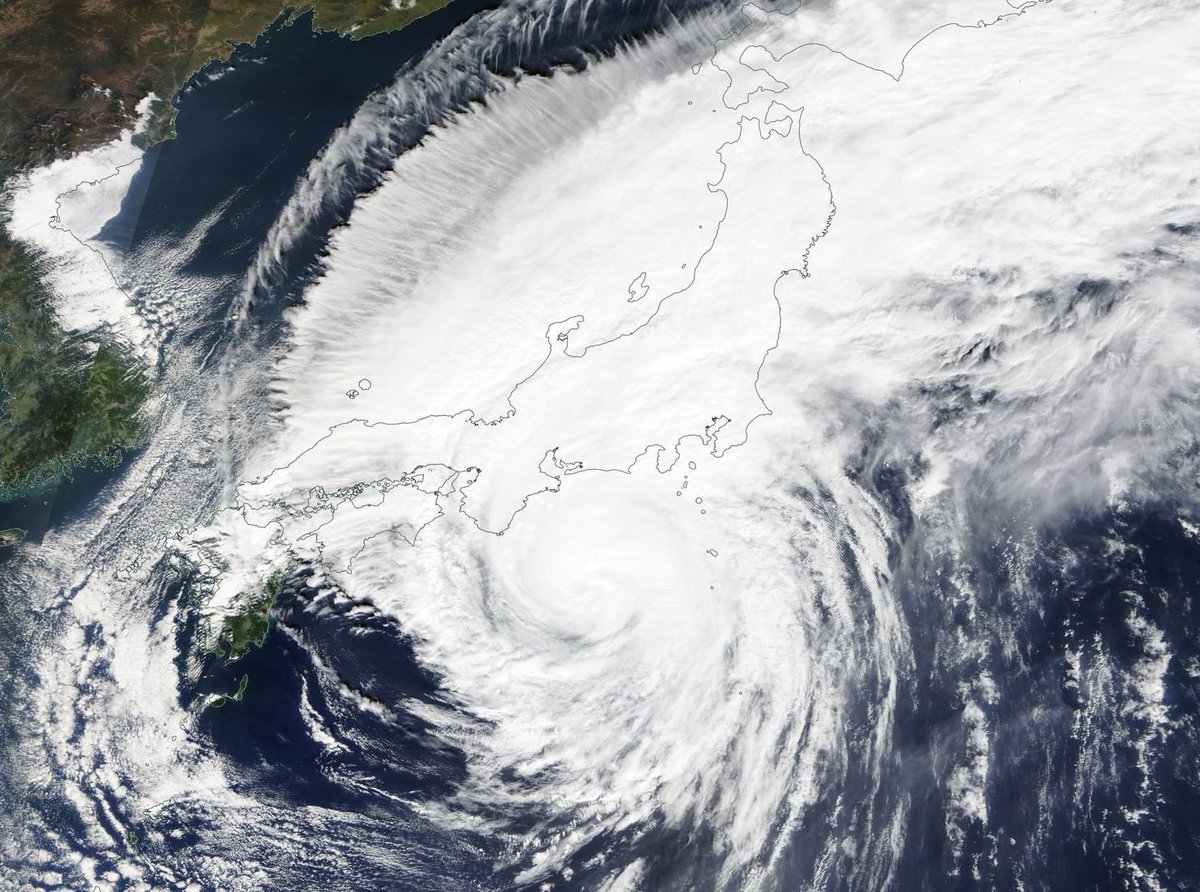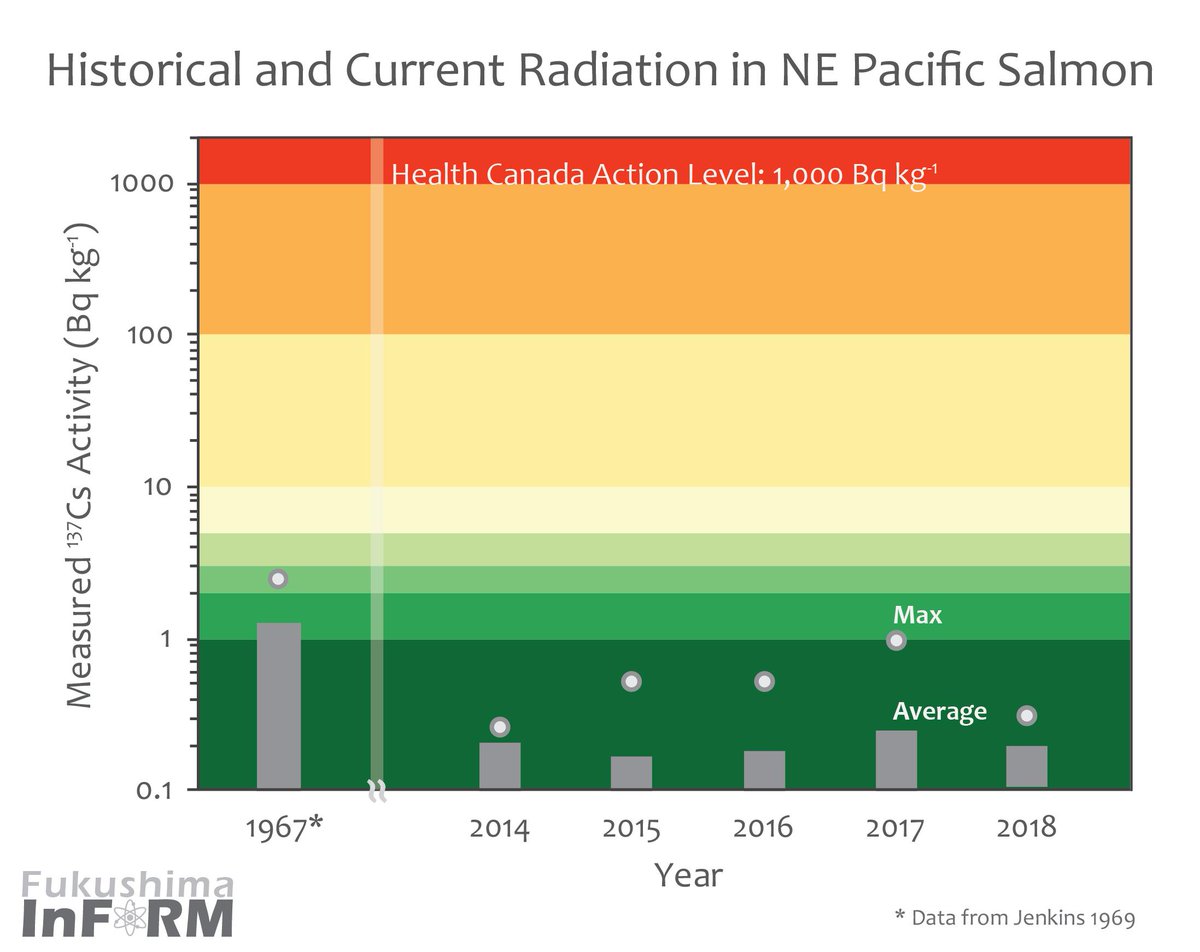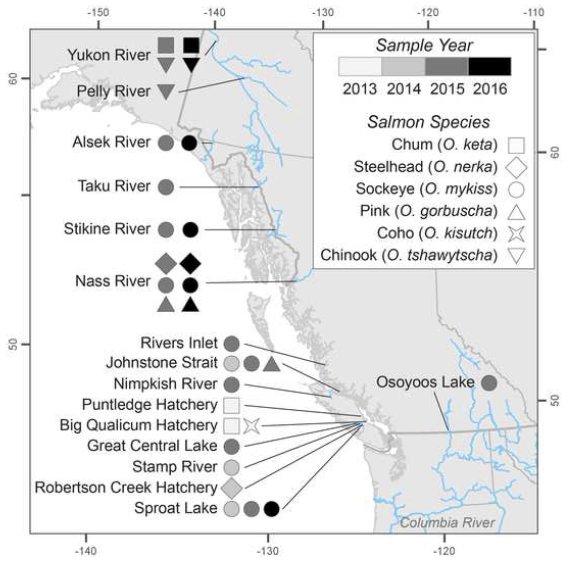
Thread: 1/ There will be a lot of talk in the coming weeks about the Japanese Government planning to dispose of radioactive wastewater at the #Fukushima Daiichi nuclear plant site in the ocean. Much of the focus will be on a form of radioactive hydrogen called tritium
2/ Tritium is difficult to remove from wastewater at the site because it is largely present in the form of the water molecule itself and therefore resists traditional methods used to clean/extract contaminants
3/ The amount of tritium (1 PBq) stored in the #Fukushima Daiichi wastewater tanks is very small compared to the amount still in the ocean from nuclear weapons testing in the last century (8000 PBq) or
4/ the amount present naturally from cosmic ray reactions with the atmosphere (2000 PBq)
5/ The risk to environmental or public health from this amount of tritium is likely to be very small
6/ Our collective concern and a proper accounting of risk related to ocean disposal of this wastewater should consider the other isotopes present like for e.g. 90Sr and 137Cs which persist longer in the environment and can concentrate in living organisms.
7/ How much of these isotopes remains in the tanks after treatment varies and should be better constrained by measurements by neutral parties in order to properly evaluate risks
8/ The risk of storing the isotopes on site where their activity (except for long lived isotopes like 129-Iodine) will diminish along with risk with time as they decay versus an accidental release at the site due to tank failure, human error or natural disaster must be weighed
9/ If you are interested in scientifically valid/rigorous information about this problem I strongly recommend reading a recent review of the problem by @Cafe_Thorium @WHOI @whoi_cmer science.sciencemag.org/content/369/65…
• • •
Missing some Tweet in this thread? You can try to
force a refresh






